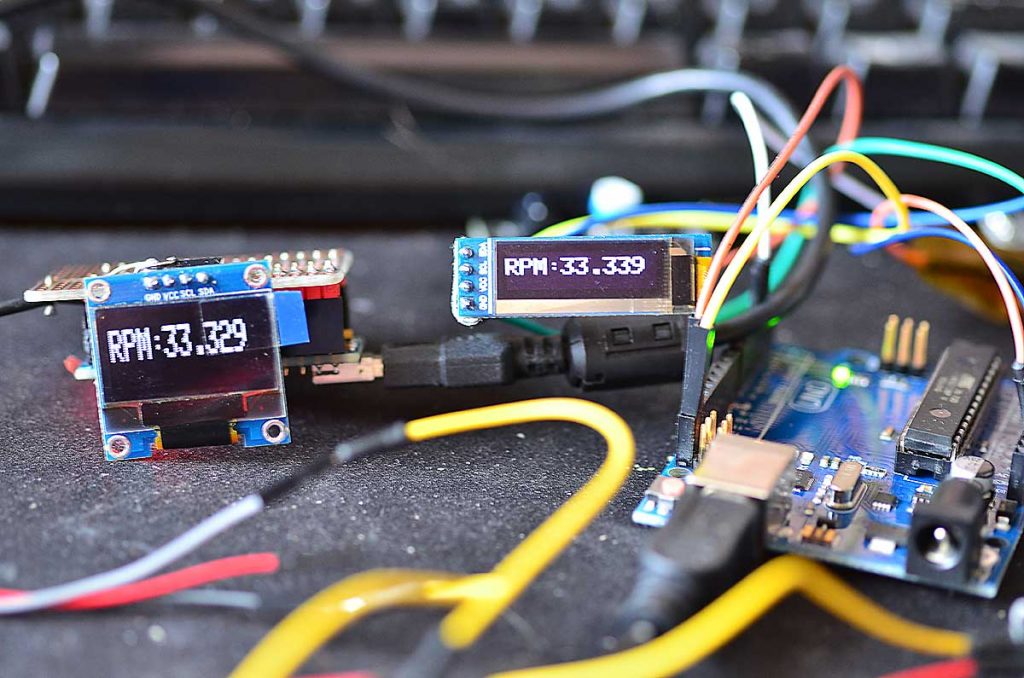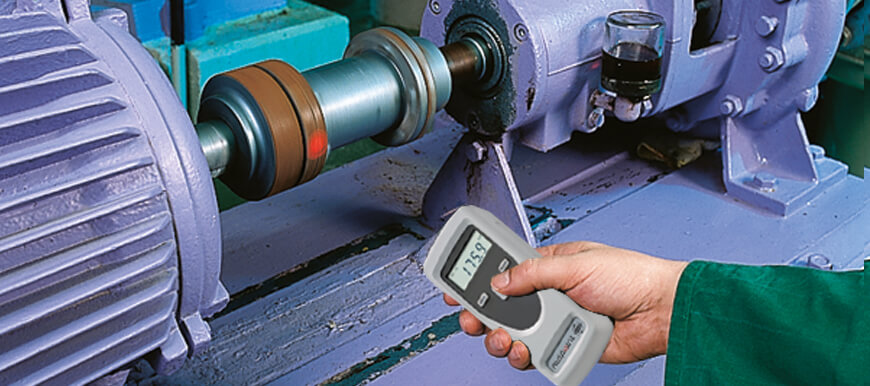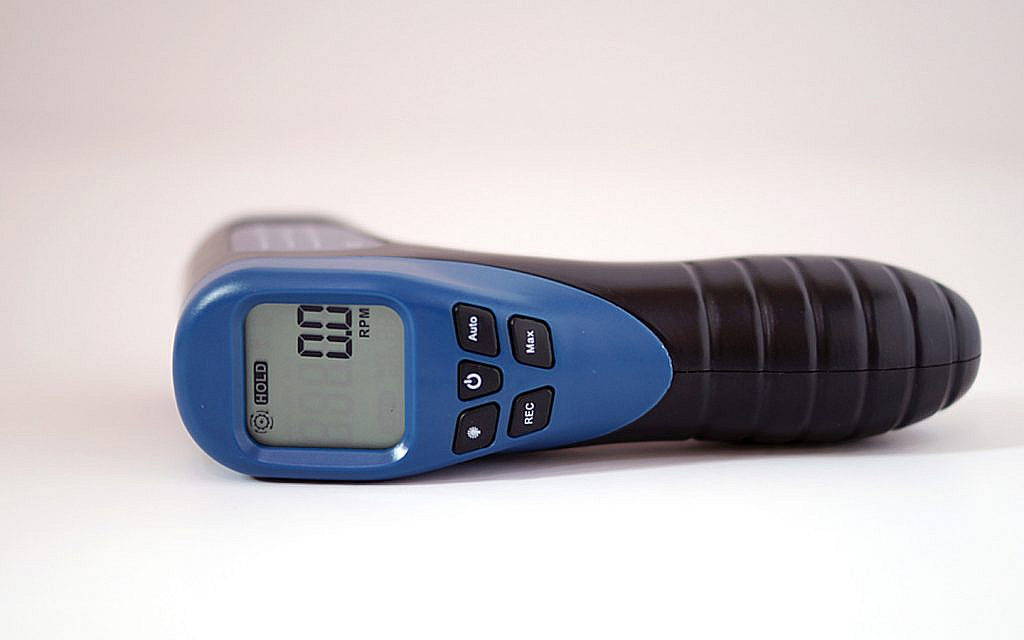Installing a tachometer on your Mercury outboard motor not only enhances your boating experience but also keeps your engine performance in check. This guide will walk you through the essential steps and important considerations for a successful installation.

Understanding a Tachometer
A tachometer, or RPM gauge, measures the rotational speed of the engine’s crankshaft, providing real-time data on engine RPM. This instrument is crucial for maintaining engine health and optimizing performance.
For more detailed information on how a tachometer works, you can visit this resource.
Preparation for Installation
Gather Necessary Tools and Materials
- Tachometer
- Wiring harness
- Screwdrivers
- Wire connectors
- Multimeter
- Drill and drill bits
Read the Manufacturer’s Manual
Before starting, ensure you read the tachometers manual provided by the manufacturer. This will provide crucial information specific to your model.
Steps to Install a Tachometer on a Mercury Outboard Motor
Step 1: Disconnect the Battery
Disconnect the negative terminal of the battery to prevent any electrical shocks or shorts during the installation.
Step 2: Select a Mounting Location
Choose a location on your dashboard where the tachometer is easily visible while operating the boat.
Step 3: Drill Mounting Holes
Use a drill to create holes where you will mount the tachometer. Ensure the holes align with the mounting brackets of the tachometer.
Step 4: Wiring the Tachometer
Connect the wiring harness to the tachometer. Refer to the manufacturer’s wiring diagram to ensure correct connections.
For instance, our advanced stroboscopic event detection can assist in identifying issues in complex systems, much like our process here. Learn more here.
Step 5: Run Wires to the Engine
Run the wires through your boat to the mercury outboard motor. Secure them properly to prevent any movement or damage.
Step 6: Connect to the Engine
Locate the grey wire on your Mercury outboard motor, which is typically used for the tachometer signal. Connect the signal wire from the tachometer to this grey wire.
Step 7: Ground the Tachometer
Connect the ground wire from the tachometer to a grounding point on your boat.
Step 8: Connect the Power Supply
Attach the power wire from the tachometer to the ignition switch.
Step 9: Reconnect the Battery and Test
Reconnect the battery and start the engine to test the tachometer. Ensure it displays the correct RPMs.
Troubleshooting Common Issues
If the tachometer is not working correctly, check the connections and the ground wire. Ensure all wires are securely connected and there are no loose fittings.
For additional troubleshooting tips, check out our high-speed semiconductor wafer polishing inspection guide here.
Maintenance Tips
Regularly inspect the tachometer and its connections to ensure ongoing accuracy and durability. Clean the tachometer face and ensure the connections remain tight.
For more maintenance tips, visit our high-speed paint and coating application inspection page here.
Benefits of a Tachometer
Installing a tachometer helps in monitoring engine performance, preventing over-revving, and optimizing fuel efficiency. It allows boat owners to troubleshoot engine issues and maintain smooth operation.
Understanding RPM Range
An ideal RPM range for most Mercury outboard motors is around 5000-6000 RPM. Operating within this range ensures optimal performance and fuel efficiency.
FAQ
What is the ideal RPM range for a Mercury Outboard Motor?
An ideal RPM range is between 5000-6000 RPM for optimal performance.
Why is a tachometer important?
A tachometer is important for monitoring engine performance and preventing over-revving.
Can I install a tachometer myself?
Yes, with the right tools and guidance, you can install a tachometer on your Mercury outboard motor yourself.
For more on tachometers, you might find this article useful.

Conclusion
Installing a tachometer on your Mercury outboard motor is a straightforward process that brings tremendous benefits in terms of engine performance monitoring and maintenance. Follow this guide to ensure a smooth and correct installation that will serve you well on many boating adventures.
